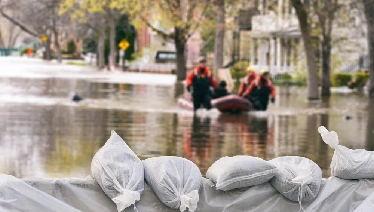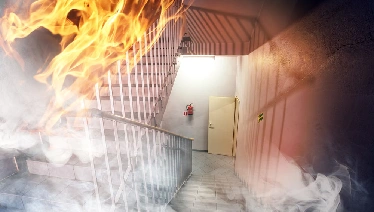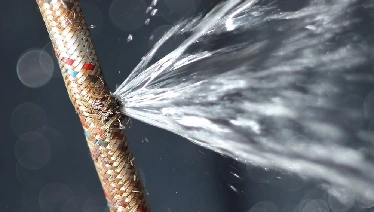Health Issues Associated with Fire and Smoke Damage Restoration
Smoke comprises tiny particles, gases, and chemicals that have the potential to induce respiratory issues. Prolonged exposure to smoke and soot particles can lead to inflammation of the lungs, manifesting as symptoms like coughing, breathing difficulties, and related problems. Furthermore, these smoke and soot particles can incite irritation in the skin, eyes, and throat. Additionally, some individuals may experience allergic reactions, such as hives or a runny nose, when exposed to these harmful substances.
Certifications and Licenses for Fire and Smoke Damage Restoration Professionals
Those committed to restoring properties affected by fire and smoke damage must hold the appropriate licenses and certifications to ensure the secure and efficient management of smoke and fire-related challenges. Certification awarded by the Institute of Inspection, Cleaning, and Restoration Certification (IICRC) serves as a testament to the fact that these experts have undergone extensive training and adhere to industry-recognized standards.
Fire and Smoke Damage Restoration Technologies
Technological advancements have brought forth cutting-edge tools and techniques for addressing the issues associated with smoke and fire damage.
Presently, some of the restoration equipment being used:
- Thermal imaging cameras, which aid in the detection of concealed fire damage
- Air scrubbers designed to eliminate harmful particles from the air
- Ozone generators employed to improve air quality




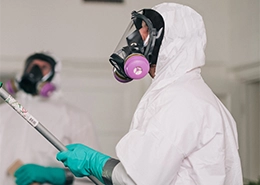

.webp)
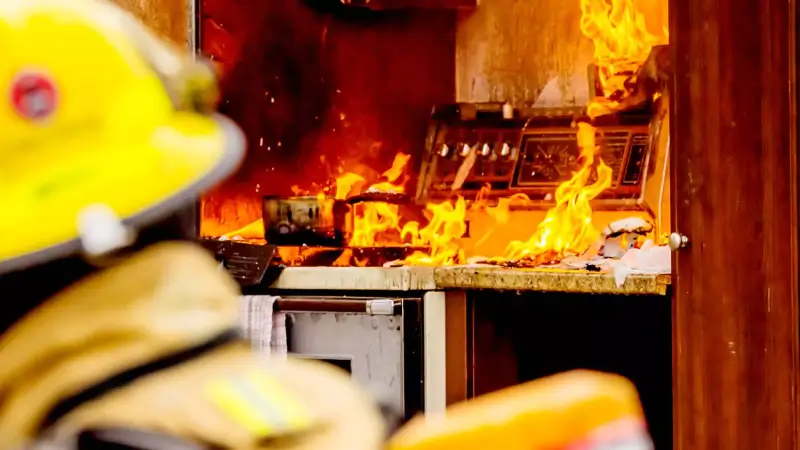
.webp)
